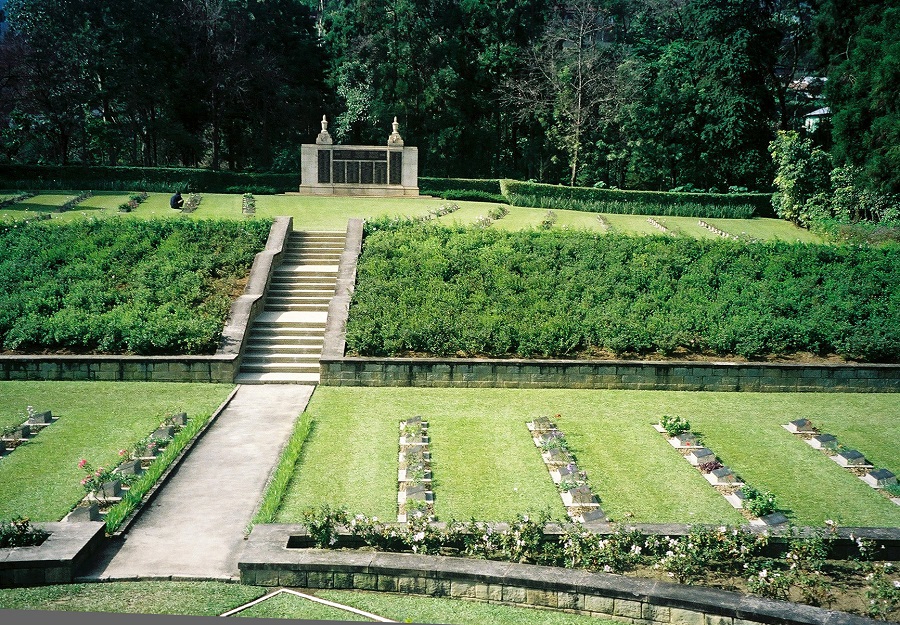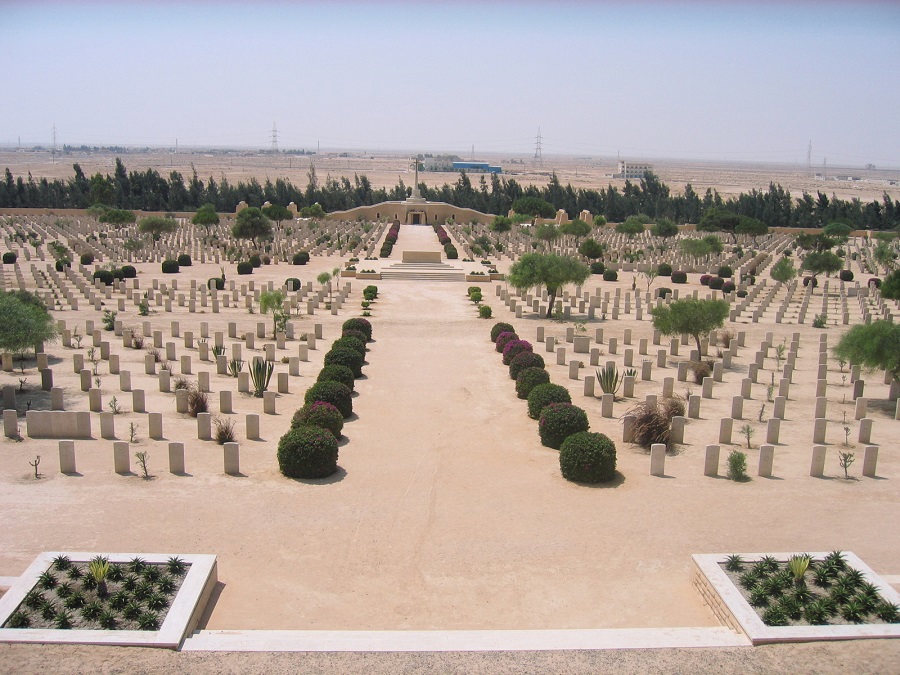18 April 2019
International Day of Monuments and Sites
The International Day of Monuments and Sites is a celebration of cultural heritage and its affect on the environment. We take a look at some of the Commonwealth War Graves Commission (CWGC) cemeteries and memorials and the effects the environment had on their design.
This year’s International Day of Monuments and Sites, 18 April 2019, is themed around Rural Landscapes and the role of communities in their conservation.
With sites as diverse as the Runnymede Memorial in Surrey, the Kohima War Cemetery in India and the El Alamein War Cemetery in Egypt, CWGC are uniquely responsible for some of the most varied rural landscapes possible.
CWGC has responsibility for over 1,750 acres of land across more than 150 countries and territories. We know that we are entrusted not only for the commemoration of the 1.7 million men and women of the Commonwealth forces who died in the First and Second World Wars, but also for the care and conservation of the environment at each of our sites.
From their conception and through to their conservation, each of our sites is considered for its affect on its environment.

RUNNYMEDE
Runnymede Memorial was constructed shortly after the end of the Second World War and commemorates over 20,000 airmen and women who were lost during operations from bases in the United Kingdom and Europe who have no known grave.
The memorial’s setting in rural Surrey was chosen to create an air of quiet and intimacy, taking advantage of open views of the sky and Heathrow airport to the North, to reinforce the ties to the airmen commemorated there.
As construction began so soon after the end of the war, resources and materials were scarce. The memorial was designed to appear to be made from solid stone, but instead was predominately masonry, with a Portland stone veneer. The site is a great demonstration of ways in which a rural setting can be used to compensate for the limitations of the time.

KOHIMA
The Kohima War Cemetery in India is one of our most unusual sites. Built into the side of a hill, Kohima is the terraced garden of the former Deputy Commissioner’s compound and is the site of a fierce battle between Japanese and Commonwealth soldiers.
Kohima War Cemetery blends the natural hill side and the man-made changes to the area – most notably the terracing and the preservation of a tennis court, across which the soldiers fought, which is used as a key aspect of the design.
The horticultural programme focused on flowering shrubs and trees to bring colour to the site. The Battle at Kohima is also known as the Battle Under The Cherry Tree, after a cherry tree that had been a focal point during the fighting. As part of the programme, new cherry trees were planted using a sucker from the original to further cement the ties between man and nature that are so prevalent there.

EL ALAMEIN
The El Alamein War Cemetery is very different from the traditional image of a CWGC cemetery. Instead of the greenery of France and Belgium, El Alamein is situated in the Egyptian desert, which presents its own challenges.
Given the heat and lack of water in the area, the cemetery’s architect Sir Hubert Worthington realised “I could not ‘grow’ shade for the visitors… I must ‘build’ shade.” The Alamein Memorial was then built as a cloister, not only to provide shade for the visitors, but also to allow access to the flat roof for views across the desert to the sea.
The desert environment naturally provides its own issues. Large walls were built around the cemetery to hold back the desert sand and the lack of water meant a preference for casuarinas, eucalyptus and desert succulents, a key example of how the environment of a site informs every aspect of its design.

